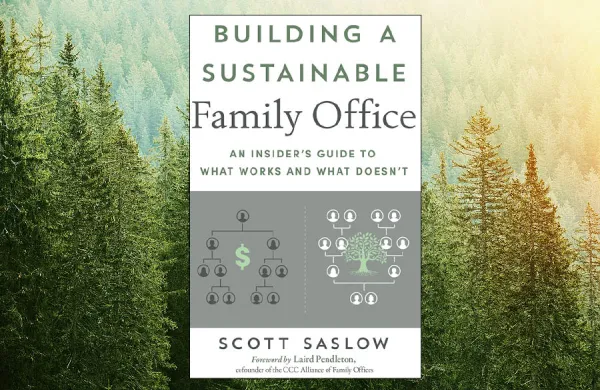Long-term investors are engaging more with activists to shake up poorly run companies and improve their performance for shareholders, according to a survey by corporate governance consulting firm Morrow Sodali.
Fifty-seven percent are willing to listen to activist investors who approach them, while 43 percent proactively reach out to activists who are campaigning for changes at a company in which they’re invested, Morrow Sodali said this month in its annual institutional investor survey of a global group that this year represented $24 trillion of assets under management.
Poor governance practices is the biggest reason for their support of activist proposals, followed by a company’s previous disregard for shareholder opposition, and its unwillingness to engage investors, according to the survey. While there’s still some criticism that activists add to destructive, short-term investing behavior, the performance of activist strategies in recent years, along with a big shift into passive products, has quieted many dissenters.
“We’ve seen increased interest in activism over the past five years,” said Ken Bertsch, executive director of the Washington D.C.-based Council of Institutional Investors, a nonprofit institutional investor-backed advocacy group focused on corporate governance. “If you go back to say 2010, there was more skepticism around what activists do, but a lot of that has gone away.”
The shift to passive investments in recent years serves as a counterweight to activist strategies, according to Bertsch.
“We have several members that are heavily indexed long-term investors,” he said. “I think when you look broadly at the market, the presence of those long-term investors largely balances out much of the short-term moves you might see as a result of activists.”
Having conversations is one thing, but when investors vote with activists how well does it really work? In 2015, Florida’s State Board of Administration, which manages the state’s pension plan, took an audit of its proxy votes in order to understand whether aligning with activists was worth the effort. On a per vote basis, its research showed that between 2006 and 2014 its equity value linked to activist holdings increased by $572 million, or a gain of $5.3 million per vote in the five years after a campaign was announced.
The study found that Florida’s State Board of Administration supported activists about 65 percent of the time. When the pension plan manager backed their efforts, and the activists won, companies they targeted saw an average positive cumulative performance of 12 percent over one year; 21 percent over three years; and 26 percent over five. In cases where it supported activists who lost their battle with company management, there were losses over the same periods ranging from 14 percent to 16 percent.
“By and large the effect activists have on performance is very positive,” Michael McCauley, a senior officer in investments programs and governance at Florida’s State Board of Administration, said in an interview. He said the pension plan manager tries to be involved with as many proxy votes as the investment team can handle, which is about 100 per year right now.
“In the future, we’re looking at ways to expand our value-to-vote template for proxies to include additional issues like say-on-pay or corporate directors,” McCauley added.
Increased interest in activism by institutional investors is corroborated by activists themselves. Jonathan Litt, founder and chief investment officer at Stamford, Connecticut-based activist firm Land and Buildings Investment Management notes that investors, bankers, and analysts are all becoming more vocal when it comes to engaging with firms like his.
“Institutions are talking more with compliance folks about what they can do, even if they are passively invested,” said Litt. “Activism is becoming more accepted as a strategy.”






